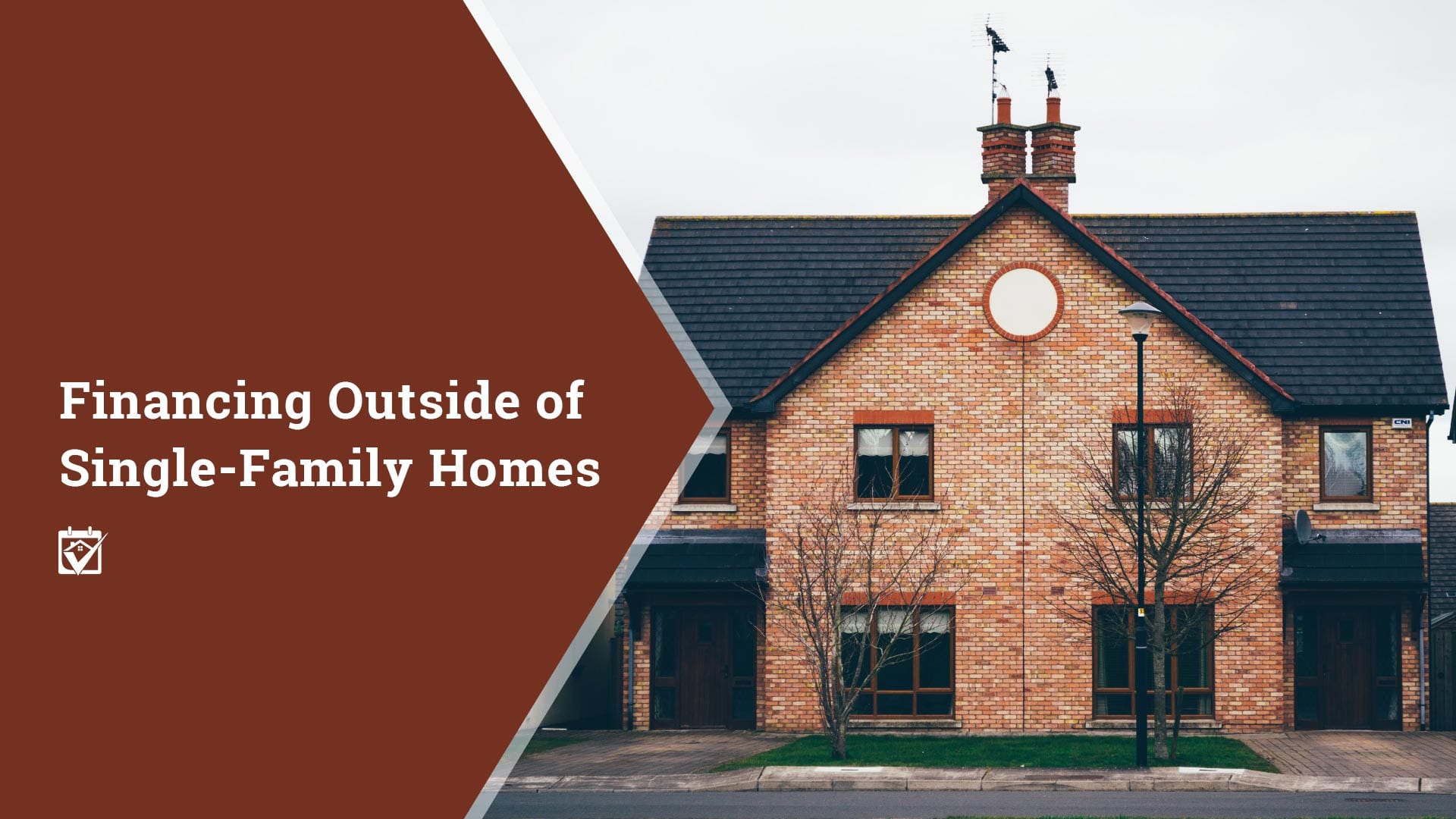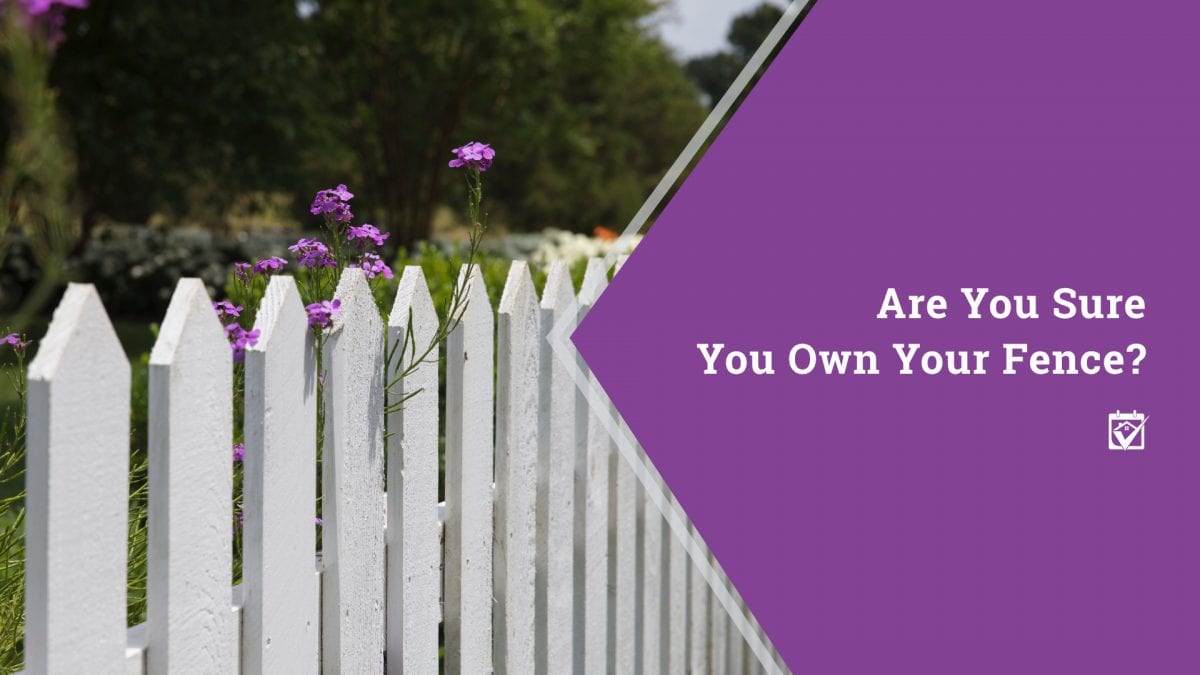
Keeping Your Stuff Safe While Your Home Is For Sale
December 30, 2019
Financing Outside of Single Family Homes
January 6, 2020Tracy Cook – Community First Realty
Fuquay Varina – Apex – Holly Springs – Raleigh – Triangle area Realtor
As Robert Frost (somewhat facetiously) said, “Good fences make good neighbors.” While many people have much better relationships with their neighbors than the saying implies, there is something to be said for a good fence on your property. Not only can fences add some visual appeal to the property, but they can also be functional. Fences are often a godsend if you own animals and don’t want to keep them chained up outside, and a fence around your backyard can afford you some privacy with your family or friends as well.
Sometimes, though, fences need to be updated, removed or replaced. At these times, homeowners have found themselves in conflict with their good neighbors over the question of who actually owns the fence between their properties. While this might seem like an odd question, if the fence was already there when you moved in, are you completely sure that it belongs to you? Just whose side of the property line does it really fall on?
Figuring Out Ownership
Before you start tearing down an existing fence, it’s important to figure out if you actually have legal ownership of the fence itself. Friendly neighbors can become bitter enemies pretty quickly if you start tearing down a fence that belongs to the people living next door. You can also cause some hurt feelings if you start taking the fence down and accidentally tear up gardens or other plants that grow next to or on the fence. This is why it’s essential to determine ownership before you make any move on the fence. Not clearing things beforehand can not only cause hurt feelings and ruin a neighborly relationship, but in some cases a neighbor might even get the police or lawyers involved.
A Neighborly Conversation
One of the first things that you should do if there’s any question about the ownership of the fence is go over and have a chat with your neighbor. Explain that you want to replace the fence, provide your reasoning on why the fence has to go, and ask if they know whose property the fence falls on. If the fence is on your property, the neighbor should tell you; if it’s on theirs, then you can open up a larger conversation about replacing it. This also gives you an opportunity to talk about any plants or other features that might be disturbed during the process and make accommodations for pets or other animals that gaps in the fence might put at risk. Be sure to approach the topic casually and with a friendly tone; if you come across as too aggressive or seem defensive about the question then it can cause the conversation to head south pretty quickly.
Checking That Property Line
Unless your conversation with your neighbor sorts things out neatly, it’s a good idea to get a survey done to settle the matter of where the fence lies. A surveyor will ensure that the property line is clearly marked so you can see exactly where the fence lies on the property line. In some cases, it will clear the matter up readily, since the fence will obviously fall on one property or the other. In other cases, you might find that the fence actually straddles the line or moves from one property to the other. In this case you may need to discuss the issue more with your neighbor or consult the property deed or other official description of the property to see whether the fence is mentioned. Regardless, knowing where the property line falls gives you a lot of leverage in solving the issue.
Solving Your Fencing Woes
Whether you’re in need of a surveyor to help you figure out ownership or a contractor to replace the fence, I am here as your hometown Realtor with referrals for both.




